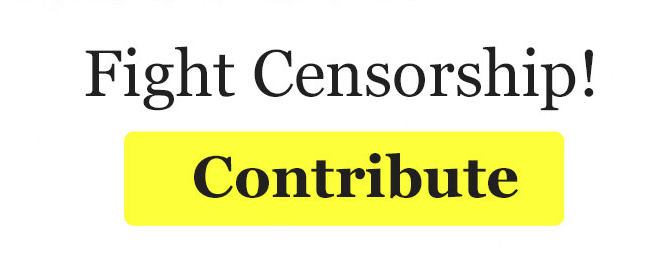Svalbard residents on the boycott of Russia, climate change, and search for a new sustainable energy source.
ADVERTISEMENT
“There is a sense that not a single ruble should go into Putin’s pocket,” Elizabeth Bourne, a resident of Longyearbyen, tells The Barents Observer.
In this documentary report, we explore how Russia’s invasion of Ukraine is impacting the course of life here in the remote Arctic, and how climate change is affecting the island of Svalbard.
“When I came here 15 years ago, this fjord would be frozen all the way through the winter. Now it’s never frozen,” Professor of Sedimentology at the University Centre in Svalbard, Maria Jensen, tells The Barents Observer.
We are standing in the harbour of the Norwegian town of Longyearbyen - the world’s northernmost settlement, home to around 2,400 residents from 53 different countries.
Here in this remote Arctic setting is where Russia and Norway face each other; Longyearbyen is just 70 km away from the Russian settlement of Barentsburg. For the documentary report, we speak with a tourism company in Longyearbyen that stopped organising trips to the Russian settlements after the war started, though some residents of the town disagree with such a boycott.
As diesel prices rose after the war broke out, Longyearbyen’s ambitious plan of a zero-emission energy supply met obstacles.
A giant Orthodox Christian cross was installed in the abandoned Russian settlement of Pyramiden - we meet the governor of Svalbard, Lars Fause, who ordered the cross to be removed.
We visit a local art centre exhibiting messages of love to Ukraine on its walls, 76 Alaskan huskies in the local kennel, and the northernmost craft brewery. Watch this story about the fascinating lives of those who choose to live in the High Arctic.
ADVERTISEMENT
ADVERTISEMENT
The Barents Observer Newsletter
After confirming you're a real person, you can write your email below and we include you to the subscription list.


